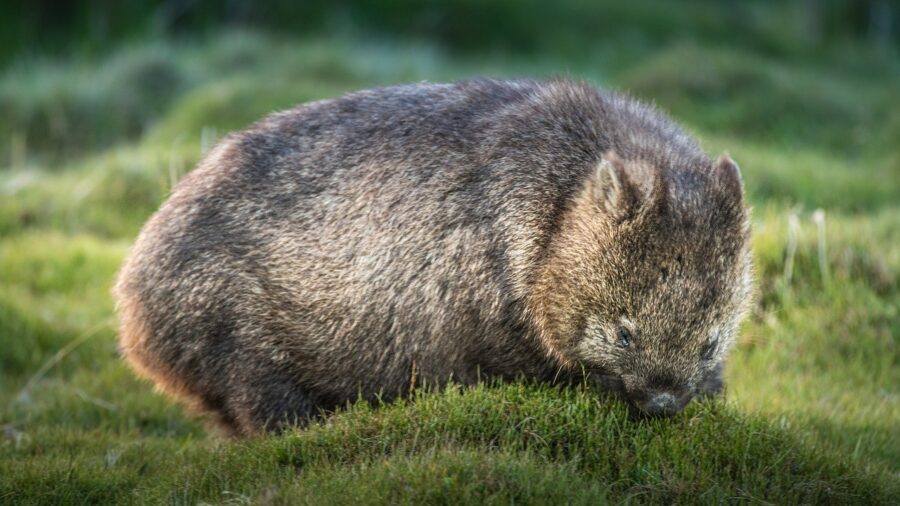Scientists Discover Terrifying Glowing Wombats
Nature is filled with bizarre creatures from those that live in the rainforest to those lurking deep beneath the sea. Here to deliver your latest dose of animal fun is a report from ScienceAlert that reveals a finding that uncovered the glowing light shining from 125 species of mammals. Included in the lineup of critters were glowing wombats, glowing platypuses, and more.
A new study shows that 125 species of mammals show a biofluorescent glow when exposed to UV lamps.
Conducting the study was Kenny Travouillon, who works as the curator of mammalogy at the Western Australian Museum. Not your typical day at work for the mammal expert, Travouillon and his team were shocked when they shone ultraviolet light on their collection of taxidermied animals.
While a few years back, it was discovered that a glowing property came from wombats and platypuses thanks to the species’ biofluorescence, the findings of this research were more intense with a rainbow of colors coming from every animal they put under the UV light.
Just like the glowing wombats, other mammals including polar bears, red foxes, and more lit up like a Christmas tree when pressed against the ultraviolet rays. Greens, yellows, and pinks shone from a variety of the critters, turning the museum into a taxidermied rave – just (presumably) without the music.
Mammal after mammal, each and every creature reacted to the light in one way or another with the dwarf spinner dolphin being the only exception save for its fluorescent teeth.
It seems that both bats and itjaritjari (Southern marsupial mole) have worked fluorescence into their makeup in order to live better and longer lives.
Following their study, the scientists discovered that fluorescence appears in half of mammalian families, in nearly all clades, and, shockingly, in all 27 orders. Discovering that the glowing effect isn’t just seen in wombats and platypuses but also just about every other mammal under the sun, the discovery is a huge one for better understanding the other creatures that call the Earth home. The spots most common for the fluorescence to peek out from included fur, quills, teeth, whiskers, and even some bare skin.

While scientists now better understand how sweeping fluorescence is in the animal kingdom, they can add the case of the glowing wombats and polar bears to other findings including coral, sea turtles, frogs, and parrots.
Following their study, the scientists discovered that fluorescence appears in half of mammalian families, in nearly all clades, and, shockingly, in all 27 orders.
One question that’s still up in the air is how the glow works its way into the animal’s genetic makeup. On one hand, there’s the possibility that evolution plays a role in the fluorescent shine as animals evolve to adapt and survive. On the other hand, there’s the chance that it could come down to chemistry.
And, there may not be one answer but rather multiple depending on which creature is being studied. For example, it seems that both bats and itjaritjari (Southern marsupial mole) have worked fluorescence into their makeup in order to live better and longer lives. As for the glowing wombats and red foxes, it’s still unclear what purpose the fluorescence serves them.
With so many options on the table, it will take a lot more research to discover why glowing wombats, platypuses, and other mammals have this ability. For now, try to resist the urge to show up to your nearest museum with a blacklight to get the party started.












